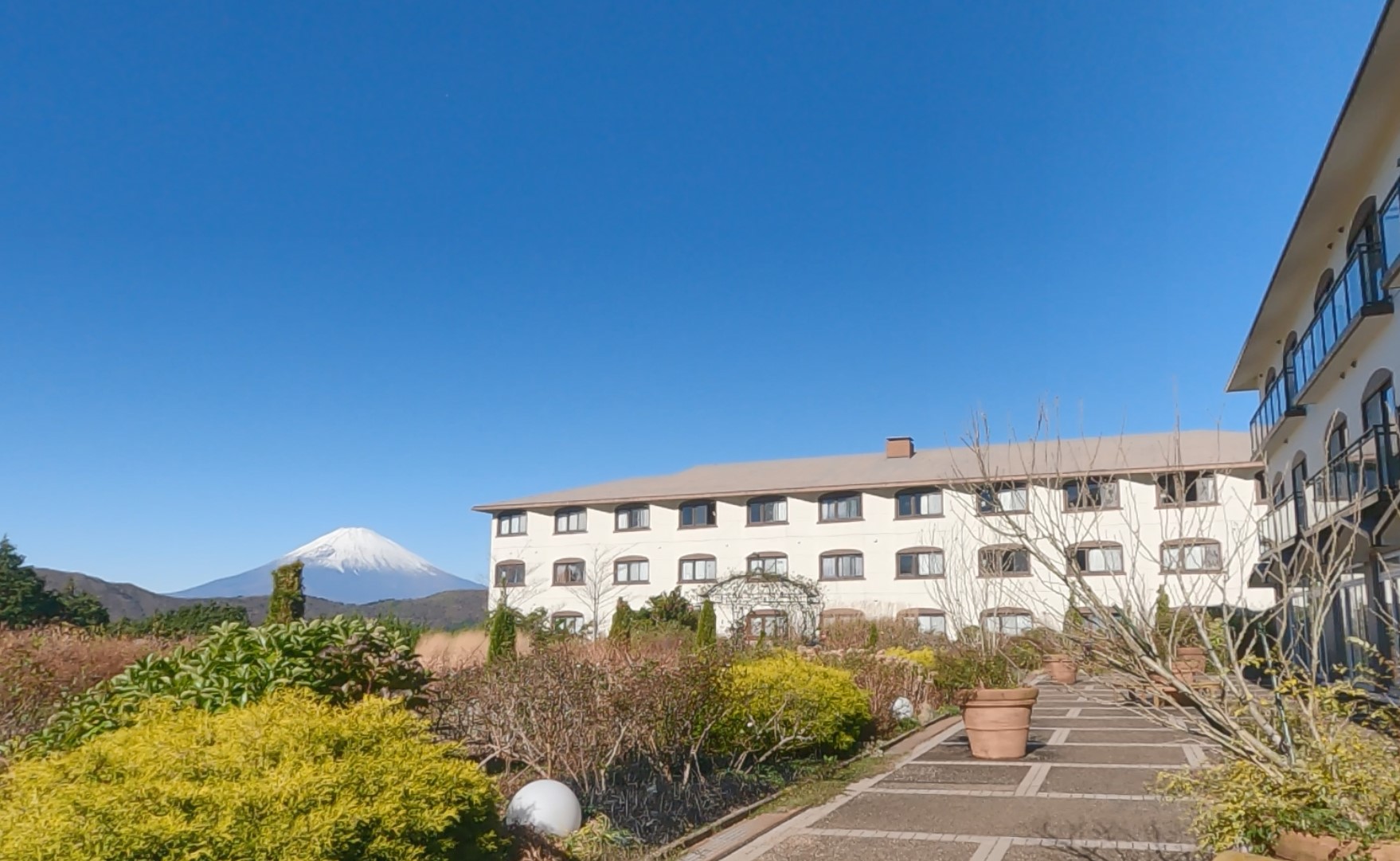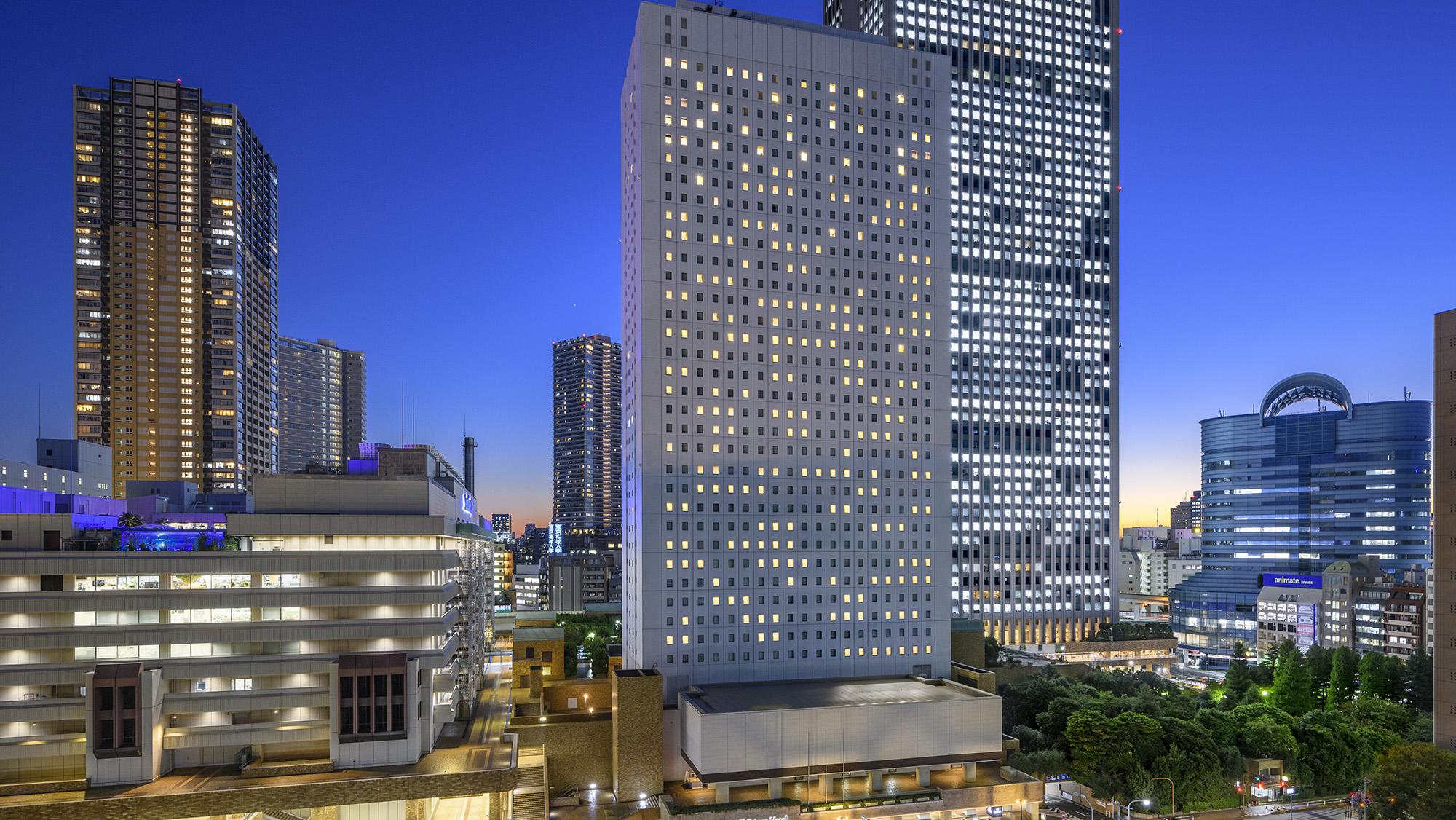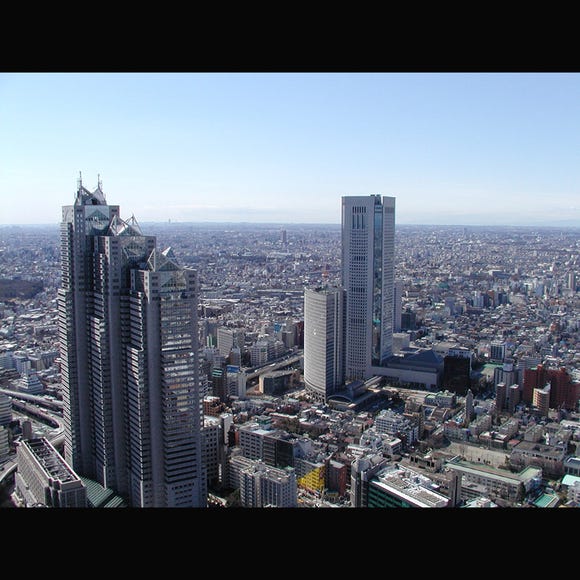
Discover Kamakura, the coastal town an hour south of Tokyo, offering a rich historical experience similar to Kyoto! Visit the iconic Great Buddha of Kamakura and the peaceful Hase-dera Temple for a glimpse into Japan's storied past.
1. Hase-dera Temple: Ancient Japan and Seasonal Flower Scenery

Established during the Nara period (710 - 794), Hase-dera Temple in Kamakura is a well-known Buddhist temple that houses a huge wooden statue of the deity Kannon. In addition to its historical significance, the temple's grounds feature approximately 2,500 hydrangeas of 40 different species, which bloom beautifully, especially in June.
The extensive grounds of Hase-dera Temple cover both a lower and upper area, extending from the base of the mountain. The lower section offers enchanting sights, including two picturesque ponds named Hojo-ike and Myouchi-ike. These ponds exhibit a vibrant display of foliage in November, presenting a remarkable spectacle as summer gives way to magnificent floral splendor.

Ascend the stone steps leading to the Kannon-do hall, where visitors and worshippers are welcomed by the presence of the towering wooden Kannon statue. Adjacent to it stands the Amida-do hall, home to a golden statue of the deity Yakuyoke Amida Buddha, as well as the grand Shoro Belfry, housing a massive bronze bell rung at midnight every New Year's Eve.
To delve deeper into the temple's history and witness its exquisite ancient treasures, a visit to the Kannon Museum is highly recommended (admission fee of 300 yen, open from 9 AM - 4 PM).

After exploring the temple's sacred grounds, take a moment to relax at the observation deck in front of the main buildings. From here, you can enjoy stunning views of Yuigahama Beach, no matter the time of year.
Afterward, treat yourself to a break at the well-known nearby restaurant, Kaikoan. This restaurant is famous for its delicious dishes such as "Temple Curry" and "Temple Pasta," all while you take in the peaceful beach scenery. Take the time to fully unwind and leave your worries behind.
-

-
Address
3-11-2 Hasaya, Kamakura, Kanagawa Prefecture, 248-0016
View Map -
Nearest Station
Hase Station (Enoshima Electric Railway Line)
5 minutes on foot
- Phone Number 0467-22-6300
-
Address
3-11-2 Hasaya, Kamakura, Kanagawa Prefecture, 248-0016
2. Kotoku-in Temple and The Great Buddha of Kamakura: Admire the Ancient Bronze Statue

The famous Kotoku-in Temple is home to the iconic Great Buddha, one of Japan's most celebrated Buddha statues, second only to the Great Buddha of Nara. Standing at an impressive height of 11.3 meters and weighing 121 tons, this national treasure represents the Buddhist artistry of the Kamakura period.
The Kotoku-in Temple is dedicated to the majestic bronze statue known as the Kamakura Daibutsu. Construction began in 1252 during the Kamakura period, with the statue initially placed within a vast hall. Unfortunately, this hall suffered repeated damage from typhoons until it was ultimately destroyed by a powerful earthquake around 1498.
Since then, the bronze statue has been placed out in the open, sitting peacefully and tranquil. The Great Buddha can actually be entered, and its structure admired from the inside! Admission for this experience is only 20 yen and is possible between 8 AM and 4:20 PM.

-

-
Address
4-2-28, Hase, Kamakura-shi, Kanagawa, 248-0016
View Map -
Nearest Station
Hase Station (Enoshima Electric Railway Line)
7 minutes on foot
- Phone Number 0467-22-0703
-
Address
4-2-28, Hase, Kamakura-shi, Kanagawa, 248-0016
3. Kamakura Surugaya: Freshly Baked Dorayaki Gives You a Taste of Old Japan

After a day of exploring, you're bound to crave a delicious snack to replenish your energy. Let's make our way to Surugaya, an esteemed Japanese confectionery store with a remarkable 80-year history. Situated near Hase Station, this particular Surugaya store specializes in dorayaki, a beloved traditional Japanese treat consisting of red-bean pancakes.
Among their offerings, we highly recommend the Dainagon Dorayaki, generously filled with large, sweet azuki beans. Additionally, the Matcha Dorayaki, made with premium Uji green tea, is a delightful choice for the same price. If you're feeling adventurous, Surugaya also presents an array of unique and creative dorayaki options.
Don't miss the Navel Orange Dorayaki, featuring succulent orange pieces and a generous amount of white azuki bean paste. Keep an eye out for seasonal variations as well. During the summer, you'll find moist pancakes filled with soft serve, offering a delightful beach snack experience!

-
Kamakura Surugaya鎌倉するがや 長谷駅前店
- Address 2-14-11 Hase, Kamakura, Kanagawa Prefecture, 248-0016
-
Nearest Station
Hase Station (Enoden), right in front of the station
・Hours: 11 AM - 5 PM
・Closed: Wednesdays
Sightseeing Route Part 1: Hase Station → Hase-dera Temple

- Take the Enoden Line from Kamakura Station to Hase Station.
- Upon exiting the station's ticket gate, turn left.
- Continue straight, passing Surugaya.
- At the intersection with a sign saying "Hasekannon," turn left.
- Cross the traffic light.
- Follow the alley until you reach the Sanmon Gate of Hase-dera Temple.
- Take your time to explore the beautiful premises of Hase-dera Temple and discover its many secrets.
Sightseeing Route Part 2: Hase-dera Temple → Kotoku-in Temple and the Great Buddha of Kamakura → Hase Station

- After exploring the enchanting Hase-dera Temple, head back to the "Hasekannon" intersection.
- Turn left, walking in the opposite direction of Hase Station.
- Stroll along the lively street adorned with shops and restaurants.
- After approximately 5 minutes of walking, you'll reach Kotoku-in Temple.
- Marvel at the majestic Great Buddha of Kamakura (Daibutsu) towering over the temple grounds, exuding a serene ambiance. This renowned national treasure is one of Japan's most iconic attractions. Take your time to fully appreciate Kotoku-in Temple and consider the opportunity to see the Great Buddha from its interior.
- When you're ready, make your way back to Hase Station to continue your journey.
*Prices and options mentioned are subject to change.
*Unless stated otherwise, all prices include tax.
-

'Is It Really Clean If...' 10 Things That Shocked an American Woman About Japan
-

Stay with Snorlax? Grand Hyatt Tokyo's Summer Pokémon Resort Experience Is the Ultimate Sleepover
-

'They Do What in the Toilet?!' Italians Shocked By These Japanese Beauty Quirks
by: Yuu Sato
-

Mitsui Outlet Park Kisarazu Just Got Even Bigger - Here's Why It's Worth the Day Trip from Tokyo
by: Chehui Peh
-

Hachiji juppun mae – A Japanese phrase that even Japanese people can’t agree on the meaning of
-

This Japanese train station has its very own hot spring bathhouse, right on the platform【Photos】
Inspiration for Accommodations
-

Enjoy Mt. Fuji from the Comfort of Your Room! Recommended Ryokan with Mt. Fuji View
-

Stay Near the Cherry Blossoms! Hotels for Cherry Blossom Viewing in Tokyo
-

Family-Friendly Hotels with Free Shuttle to Disneyland: Convenient Access for a Magical Stay
-

Top Ranked Hakone Hotels with Mt. Fuji View: Enjoy Stunning Scenery from Your Private Space
-

Convenient Tokyo Hotels with Airport Shuttle: Ideal for Families and Heavy Luggage
-

Stunning Tokyo Tower View Hotels: Enjoy Spectacular Scenery from Your Private Space
-

Convenient Asakusa Hotels with Kitchens: Ideal for Extended Family Visits
-

Experience Luxury: Hakone's 10 Best Five-Star Accommodations
-

Enjoy Mt. Fuji Autumn Leaves! Top Hotels Near the Popular Autumn Leaves Corridor
-

Experience Hakone Fall Foliage from Your Room with Stunning Views
-

Awesome Things to Do In Japan: Most Popular Temples in Asakusa! (March 2020 Ranking)
-

Exploring Tokyo Station: 11 Must-Visit Spots Around the Heart of Tokyo
-

Graves of the 47 Ronin & More! 10 Must-See Famous Temples in Tokyo
-

Past and present of Yanesen
-

(Video) Walking Tour along Narita Omotesando - Quaint Historical Village near Narita Airport!
by: Victor Gonzalez
-

Tokyo Asakusa|Asakusa Station Area Map & Sightseeing Information
- #best ramen tokyo
- #what to buy in ameyoko
- #what to bring to japan
- #new years in tokyo
- #best izakaya shinjuku
- #things to do tokyo
- #japanese nail trends
- #what to do in odaiba
- #onsen tattoo friendly tokyo
- #daiso
- #best sushi ginza
- #japanese convenience store snacks
- #best yakiniku shibuya
- #japanese fashion culture
- #best japanese soft drinks
























